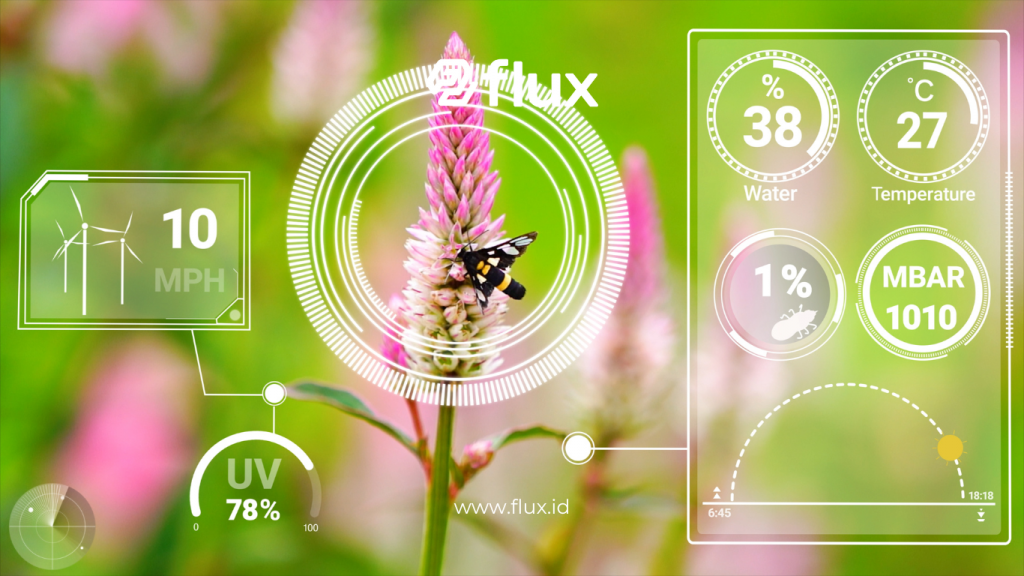Don't miss our holiday offer - 20% OFF!
In the era of modern agriculture, technology plays a crucial role in enhancing efficiency and productivity. One of the latest innovations is the development of pest detection sensors that seamlessly combine camera technology and artificial intelligence (AI). These sensors not only assist farmers in detecting pests but also enable them to identify plant diseases at an early stage. In this article, we will explore how pest detection sensors work, the technologies they employ, and the various benefits they offer to agriculture.
Contents
1. What is a Pest Detection Sensor?

A pest detection sensor serves as a device specifically designed to identify the presence of pests and diseases in plants. By utilizing camera technology along with AI algorithms, these sensors effectively analyze images and data collected from the field.
1.1. Types of Pest Detection Sensors
There are several types of pest detection sensors commonly used in agriculture, including:
- Camera-Based Sensors: These sensors use cameras to capture detailed images of plants and detect pests effectively.
- Acoustic Sensors: These sensors detect sounds produced by pests, providing an additional layer of monitoring.
- Chemical Sensors: These sensors identify chemical compounds that pests produce, offering insights into their presence.
2. Technologies Used in Pest Detection Sensors

Read More: Complete Guide: Implementing IoT Sensors for Smart Agriculture Monitoring and Irrigation Management
Pest detection sensors leverage a combination of advanced technologies to accurately detect pests and plant diseases. Here are some of the key technologies involved:
2.1. Camera Technology
Typically, the cameras used in pest detection sensors are high-resolution digital cameras. These cameras can capture images under various lighting conditions and from different angles, ensuring comprehensive monitoring.
2.2. Artificial Intelligence (AI)
AI plays a pivotal role in analyzing the data collected. By employing machine learning algorithms, AI can recognize patterns in images and differentiate between healthy and infected plants. This capability significantly enhances the sensor’s effectiveness.
2.3. Image Processing
Image processing involves enhancing and analyzing the images captured by the camera. This technique allows the sensor to highlight infected areas, thus providing more accurate information to farmers.
3. How Pest Detection Sensors Work

The working process of pest detection sensors consists of several key steps:
3.1. Image Capture
Initially, the sensor captures images of plants periodically. Depending on the sensor settings, these images can be taken either manually or automatically.
3.2. Image Analysis
After capturing the images, the next step involves thorough analysis. AI algorithms then analyze the images to detect the presence of pests or any signs of disease.
3.3. Reporting
If the sensors detect pests or diseases, they promptly send a report to farmers through an application or an early warning system. This immediate communication allows farmers to take necessary actions without delay.
4. Benefits of Pest Detection Sensors

Read More: How Water Quality Sensors Work: Enhancing Irrigation Management and Plant Health in Agriculture
The implementation of pest detection sensors provides numerous benefits, including:
4.1. Early Detection
One of the most significant advantages of pest detection sensors is their ability to detect pests and diseases at an early stage. Consequently, this capability enables farmers to take preventive measures before any significant damage occurs.
4.2. Cost Savings
By detecting pests earlier, farmers can substantially reduce their use of pesticides and other chemicals. This not only results in cost savings but also positively impacts the environment.
4.3. Increased Production
By effectively managing pests and diseases, farmers can enhance crop yields. Pest detection sensors help maintain plant health, which in turn leads to better quality produce.
4.4. Continuous Monitoring
Pest detection sensors can be programmed for continuous monitoring. This feature allows farmers to receive real-time data about their crop conditions, ensuring they remain well-informed.
5. Challenges in Using Pest Detection Sensors
Despite their numerous benefits, there are some challenges associated with using pest detection sensors:
5.1. Initial Costs
The initial investment required for purchasing and installing sensors can be relatively high. As a result, smallholder farmers may struggle to secure the necessary funding for this technology.
5.2. Technological Expertise
Utilizing advanced technology necessitates specific expertise. Therefore, farmers require training to operate and maintain the sensors correctly.
5.3. Dependence on Technology
While technology offers many advantages, dependence on it can pose challenges if the system experiences failure or disruptions. Thus, it is crucial for farmers to have a backup plan in place.
6. The Future of Pest Detection Sensors
Looking ahead, pest detection sensors are expected to undergo further advancements. Innovations in AI technology and image processing will likely enhance both the accuracy and efficiency of pest detection. Additionally, integrating these sensors with precision agriculture systems will provide even greater benefits to farmers.
Conclusion
In conclusion, pest detection sensors that incorporate camera technology and AI represent invaluable tools for farmers. With their ability to detect pests and diseases early on, these sensors significantly improve efficiency and productivity in agriculture. Although challenges remain, the long-term benefits of this technology make it a worthwhile investment for a brighter agricultural future.





